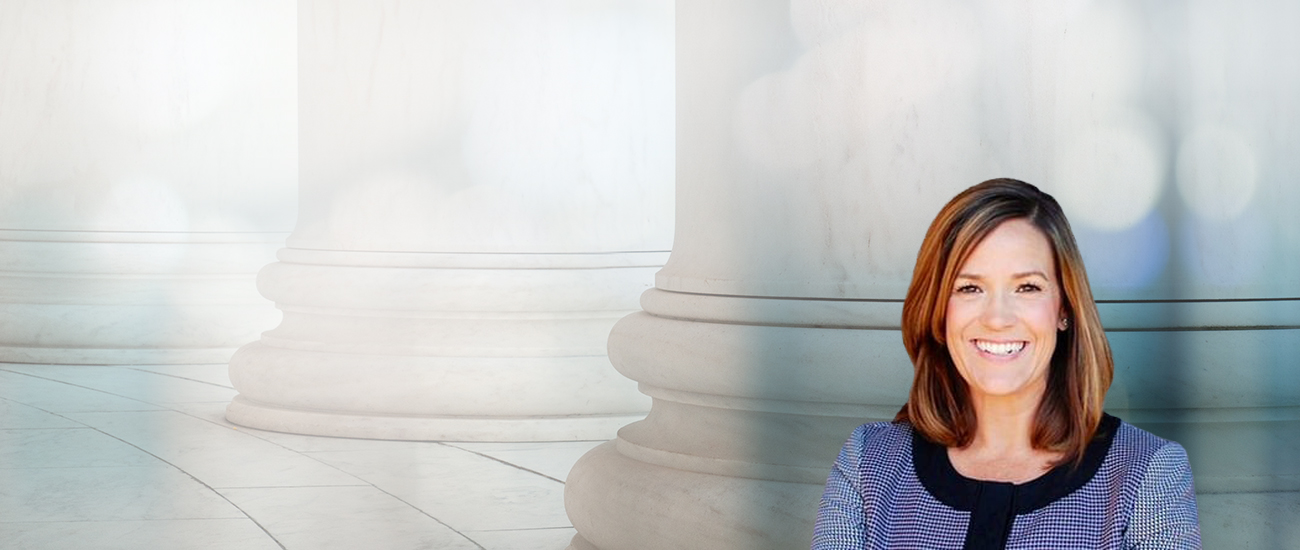- Free Consultation: (714) 351-0178 Tap to Call
Warrantless Electronic Device Searches and DJJ Spending

In the age of the Internet, the topic of electronic privacy comes up regularly in legal discussions. Smartphones are ubiquitous in today’s world; most adolescents and adults have one at all times. In recent years, legal experts have been debating the electronic privacy for criminal offenders. The question is whether or not the attorneys general and prosecutors can impose warrantless device searches?
Last month, California’s First District Court of Appeals blocked the attorney general’s attempt to impose a warrantless device search on a teenage girl convicted of felony assault, The Recorder reports. However, the justices did not weigh in on the constitutionality of such measures when reading their decision.
When Amber K. was asked to hand over her electronic devices to ensure she is complying with all the terms of her probation, her attorney fought back. The State’s goal was to ascertain if Amber was digitally communicating with the girl she assaulted. Her attorney contended that the probation condition was unconstitutional.
State prosecutors argued that they had cause for searching her devices because the crime was filmed and disseminated on social media. The court ruled that the Attorney General’s Office request for electronic searches did not meet the standard created by the 1975 People v. Lent decision, requiring probation conditions to relate to the crime at hand, criminal behavior, and future criminality.
Since there isn’t any evidence that Amber K. arranged for the fight to be filmed or shared on social media, the probation condition fell short of the People v. Lent standard. Associate Justice Marla Miller wrote:
“We agree with Amber that the record does not show a relationship between her use of electronic devices and the offending conduct sufficient to justify the electronic search condition under the first prong of Lent. “Although the record suggests that the assault resulted from hostility between Amber and B. [the victim] that had played out in part over social media, we are not persuaded by the attorney general’s contention that ‘substantial evidence in the record connects appellant’s use of electronic devices and social media to the assault.'”
Spending on California’s Youth Correctional System
There is an update on the transfer of control of California’s Juvenile Justice Division to the Health and Human Services Agency (HHS). In January of 2019, we wrote about a novel proposal from the Office of Governor.
Since many teens in juvenile detention centers have mental and behavioral health disorders, Governor Gavin Newsom believed the HHS is better suited for preparing young people for release through a combination of educational, mental health, and social services.
While the move puts California in line with 40 other states, the transition will be costly, according to the Center on Juvenile and Criminal Justice. Reorganization of California’s Youth Correctional System will lead to a dramatic rise in spending on the Division of Juvenile Justice (DJJ).
A new facts sheet shows that the Governor’s office proposes a DJJ budget of nearly $300 million, costing approximately $336,000 per youth during the 2020-21 fiscal year. The DJJ budget would rise by almost $100 million. The report shows that counties pay just 7 percent of the actual cost of DJJ, with the remainder falling on the state.
Some of the funding will go towards DJJ staff increases, according to the article. There will be more than 1,400 hundred DJJ workforce positions for the fiscal year 2020-21, a 31 percent increase over 2018-19.
Orange County Juvenile Defense Attorney
Please contact The Law Offices Of Katie Walsh if your child is facing legal problems. Attorney Walsh has an extensive amount of experience working in the California juvenile justice system. She is fully equipped to advocate for your family and help you achieve a favorable outcome for your son or daughter.






